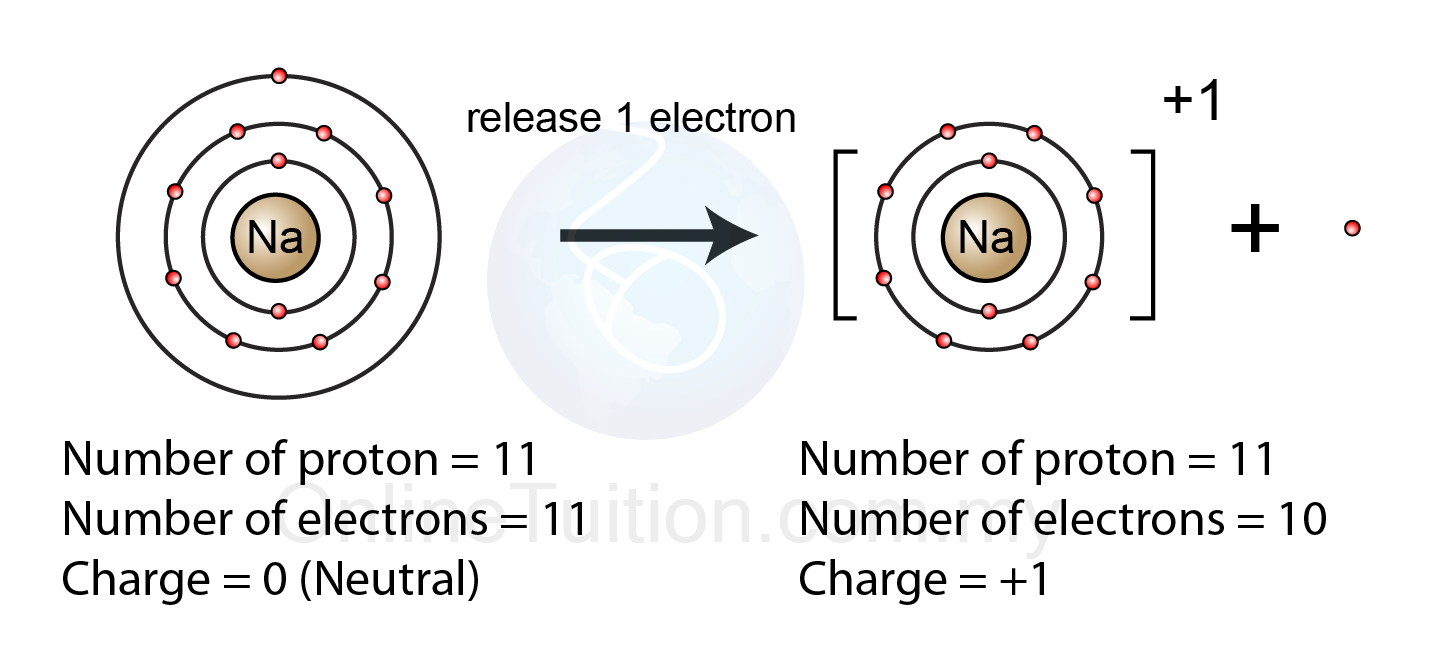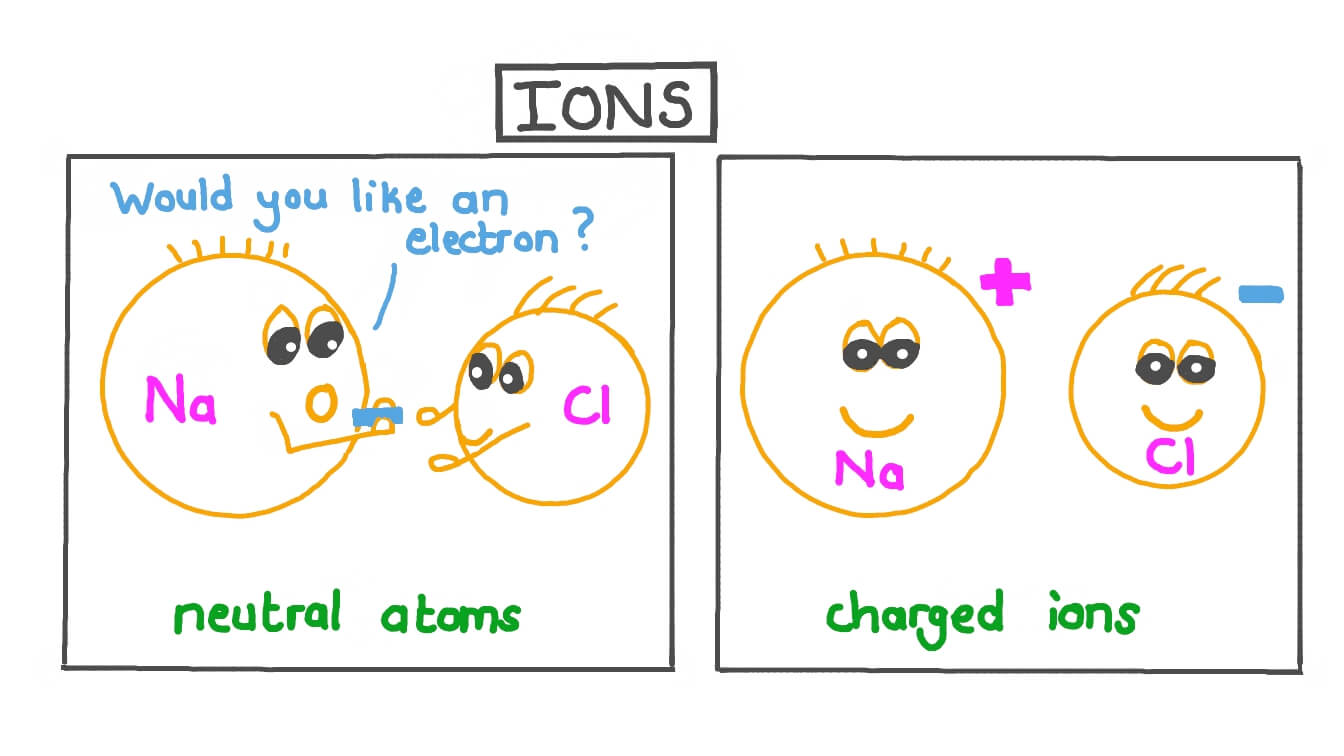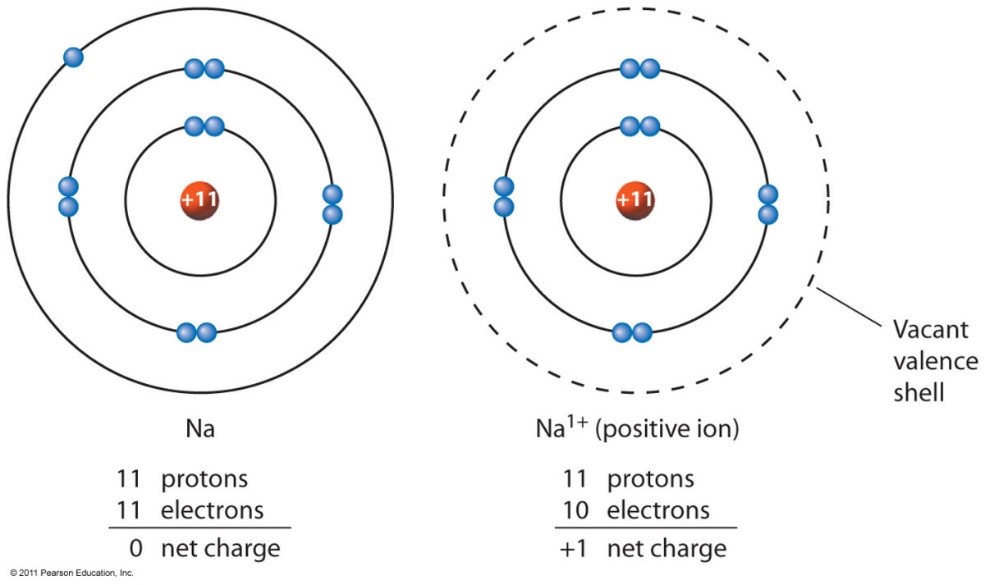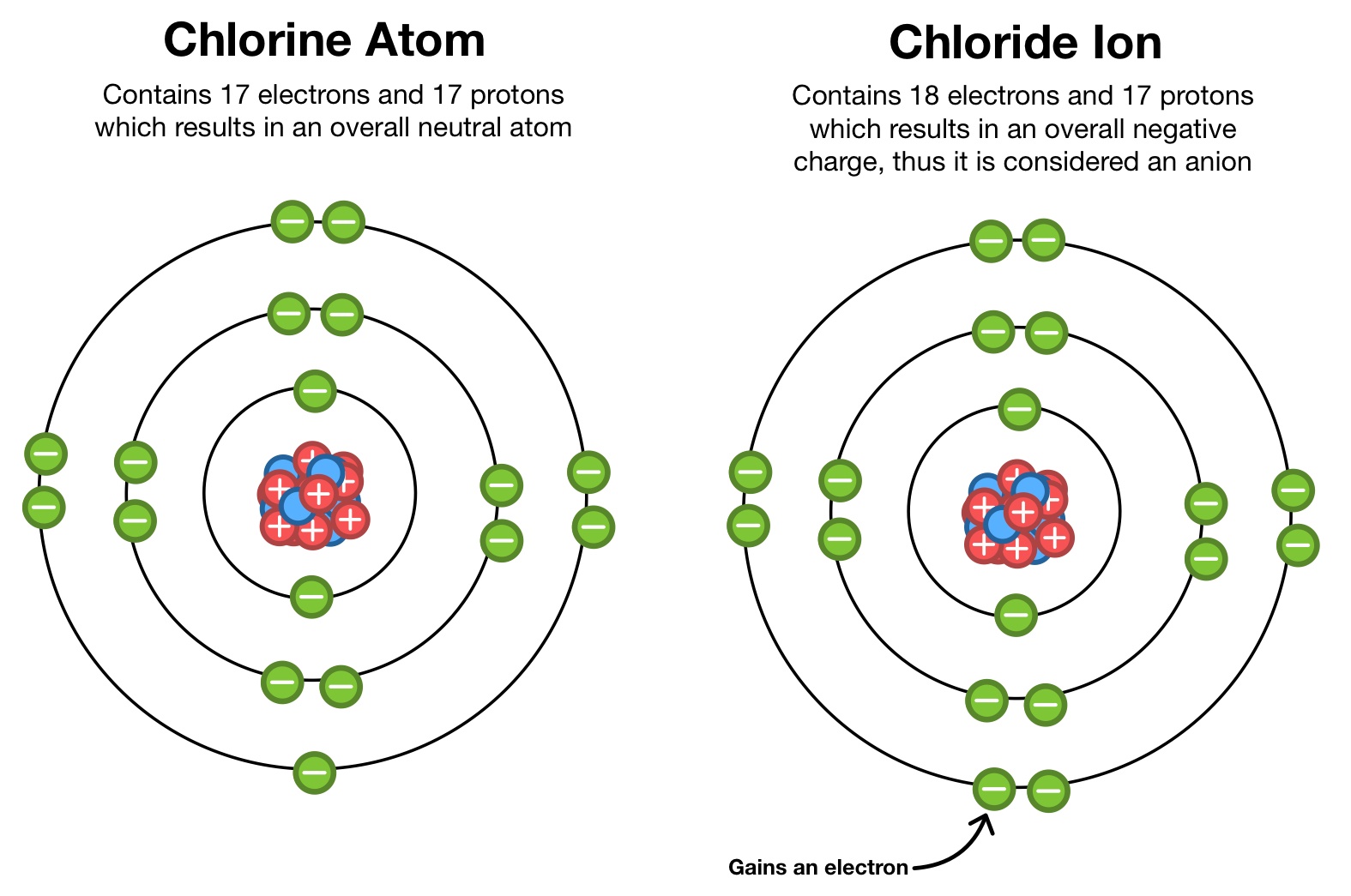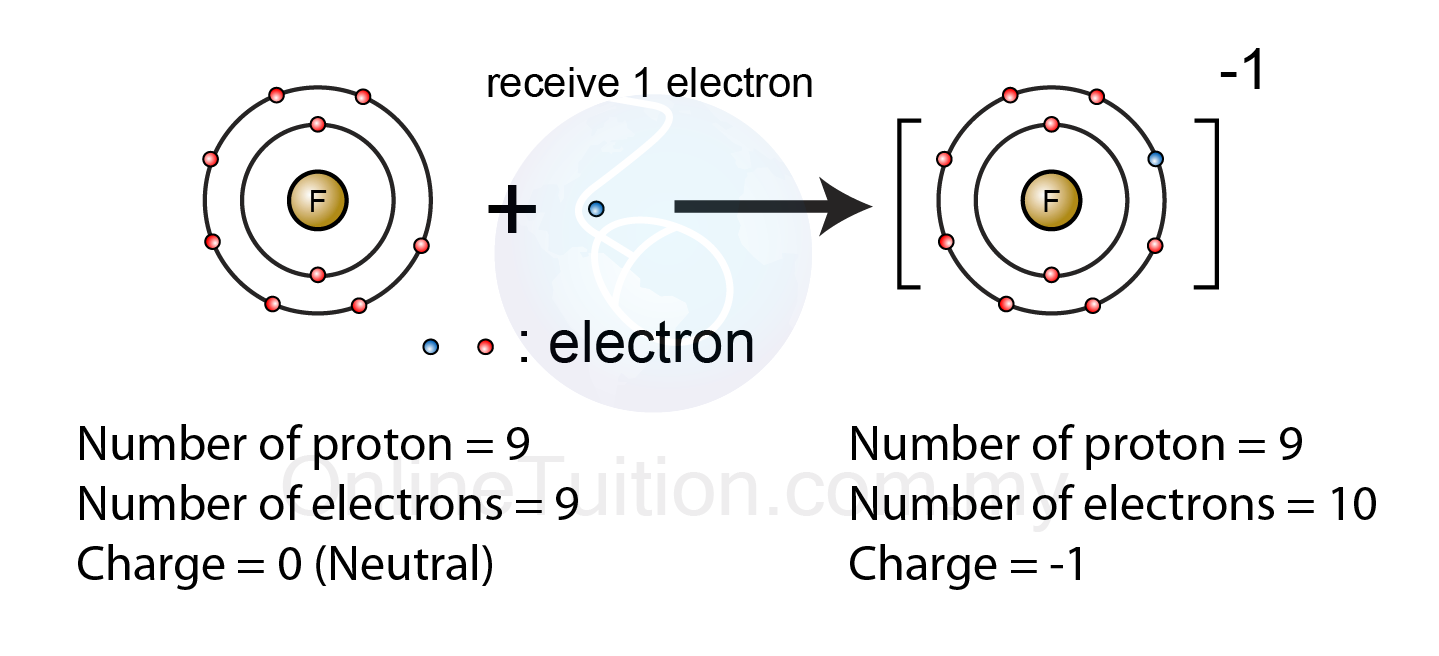How Do Positive And Negative Ions Form
How Do Positive And Negative Ions Form - You are very familiar with some ionic. Charge comes in two forms, positive and negative. For example, a negative charge causes a repulsive force on a neighbouring negative charge. Ions form when atoms lose or gain electrons. Ionic compounds have positive ions and negative ions. When writing the charge on the ion, remember to put the number before the positive or negative symbol (2+). Ionic formulas balance the total positive and. An ionic compound is an electrically neutral compound consisting of positive and negative ions.
Charge comes in two forms, positive and negative. Ionic compounds have positive ions and negative ions. When writing the charge on the ion, remember to put the number before the positive or negative symbol (2+). Ionic formulas balance the total positive and. Ions form when atoms lose or gain electrons. An ionic compound is an electrically neutral compound consisting of positive and negative ions. For example, a negative charge causes a repulsive force on a neighbouring negative charge. You are very familiar with some ionic.
Charge comes in two forms, positive and negative. An ionic compound is an electrically neutral compound consisting of positive and negative ions. Ionic compounds have positive ions and negative ions. You are very familiar with some ionic. Ions form when atoms lose or gain electrons. For example, a negative charge causes a repulsive force on a neighbouring negative charge. When writing the charge on the ion, remember to put the number before the positive or negative symbol (2+). Ionic formulas balance the total positive and.
Do Metals Form Positive Or Negative Ions
When writing the charge on the ion, remember to put the number before the positive or negative symbol (2+). You are very familiar with some ionic. Ions form when atoms lose or gain electrons. An ionic compound is an electrically neutral compound consisting of positive and negative ions. For example, a negative charge causes a repulsive force on a neighbouring.
Bonding and Structure* — the science sauce
When writing the charge on the ion, remember to put the number before the positive or negative symbol (2+). Ionic compounds have positive ions and negative ions. Ions form when atoms lose or gain electrons. For example, a negative charge causes a repulsive force on a neighbouring negative charge. Ionic formulas balance the total positive and.
Negative Ions Science Behind It Healing with Nature
Charge comes in two forms, positive and negative. For example, a negative charge causes a repulsive force on a neighbouring negative charge. You are very familiar with some ionic. Ionic compounds have positive ions and negative ions. An ionic compound is an electrically neutral compound consisting of positive and negative ions.
How Many Protons In Na+
An ionic compound is an electrically neutral compound consisting of positive and negative ions. Charge comes in two forms, positive and negative. Ions form when atoms lose or gain electrons. You are very familiar with some ionic. Ionic formulas balance the total positive and.
Lesson Video Ions Nagwa
You are very familiar with some ionic. Ionic compounds have positive ions and negative ions. For example, a negative charge causes a repulsive force on a neighbouring negative charge. Ions form when atoms lose or gain electrons. When writing the charge on the ion, remember to put the number before the positive or negative symbol (2+).
Do Metals Form Positive Or Negative Ions
Charge comes in two forms, positive and negative. You are very familiar with some ionic. Ionic formulas balance the total positive and. Ions form when atoms lose or gain electrons. For example, a negative charge causes a repulsive force on a neighbouring negative charge.
How Many Protons Are In All Chlorine Cl Atoms
Ionic compounds have positive ions and negative ions. For example, a negative charge causes a repulsive force on a neighbouring negative charge. Ionic formulas balance the total positive and. When writing the charge on the ion, remember to put the number before the positive or negative symbol (2+). Ions form when atoms lose or gain electrons.
How Do Negative Ions Form? Pürlife
Ions form when atoms lose or gain electrons. When writing the charge on the ion, remember to put the number before the positive or negative symbol (2+). Ionic compounds have positive ions and negative ions. You are very familiar with some ionic. Ionic formulas balance the total positive and.
How Do Positive And Negative Ions Form
Ions form when atoms lose or gain electrons. Ionic formulas balance the total positive and. Ionic compounds have positive ions and negative ions. Charge comes in two forms, positive and negative. For example, a negative charge causes a repulsive force on a neighbouring negative charge.
Explainer Ions and radicals in our world Science News for Students
For example, a negative charge causes a repulsive force on a neighbouring negative charge. An ionic compound is an electrically neutral compound consisting of positive and negative ions. Ionic compounds have positive ions and negative ions. You are very familiar with some ionic. When writing the charge on the ion, remember to put the number before the positive or negative.
Ionic Formulas Balance The Total Positive And.
When writing the charge on the ion, remember to put the number before the positive or negative symbol (2+). For example, a negative charge causes a repulsive force on a neighbouring negative charge. You are very familiar with some ionic. Ions form when atoms lose or gain electrons.
Charge Comes In Two Forms, Positive And Negative.
An ionic compound is an electrically neutral compound consisting of positive and negative ions. Ionic compounds have positive ions and negative ions.



